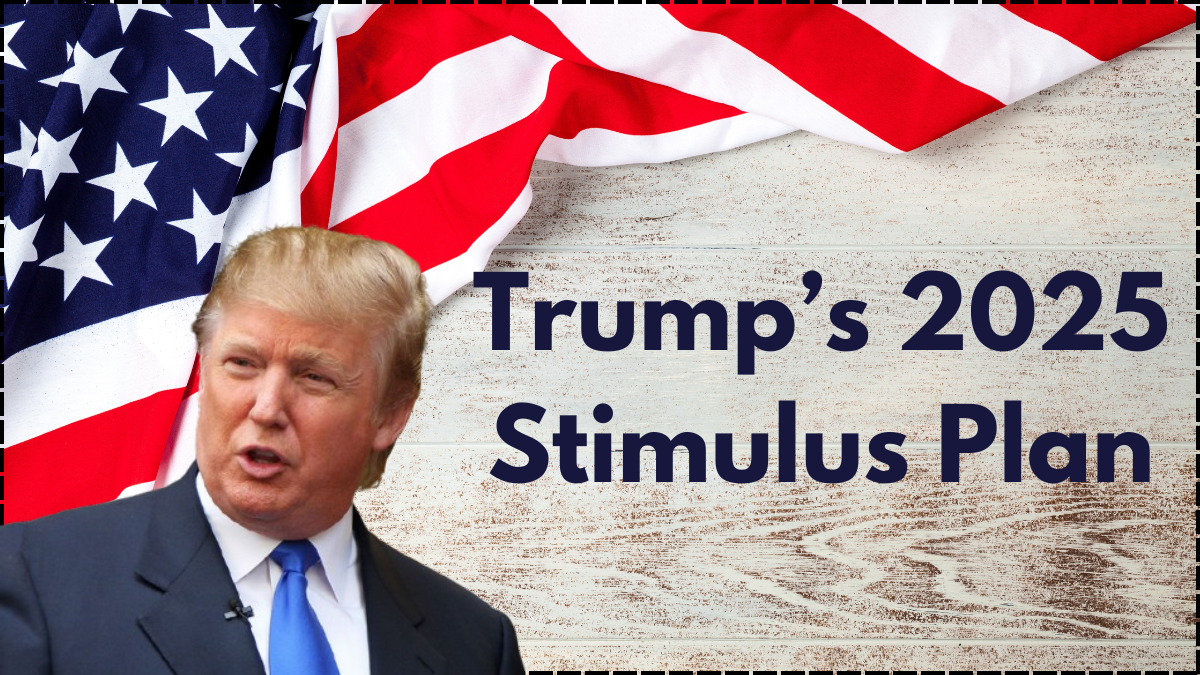As discussions about potential economic stimulus under Donald Trump’s possible 2025 presidency gain traction, a new proposal, the DOGE Dividend, has sparked considerable interest. This initiative, linked to Elon Musk’s Department of Government Efficiency (DOGE), suggests that federal savings could be redirected to provide direct payments to American taxpayers. But how realistic is this proposal, and what challenges does it face? Let’s explore the details.

The Concept Behind the DOGE Dividend
The DOGE Dividend proposal originated from James Fishback, CEO of Azoria, who put forward the idea that if DOGE successfully cuts government spending by $2 trillion, a portion of the savings could be returned to households in the form of stimulus checks. According to the proposal:
- 20% of the savings would be allocated to direct payments for citizens.
- Another 20% would be used to reduce the national debt.
- Eligible households could receive approximately $5,000 in stimulus funds if the savings goal is achieved.
Elon Musk showed support for this idea, stating that he would bring it to Trump’s attention, increasing speculation about its feasibility under a potential second Trump administration.
Current Progress and Roadblocks
As of now, DOGE has reportedly identified $65 billion in government savings. While this is a significant achievement, it falls far short of the ambitious $2 trillion target needed to fund the proposed stimulus payments. Several key challenges stand in the way of this initiative:
- Accuracy of Savings Reports: Some analysts question whether the reported $65 billion in savings is truly reflective of actual cost reductions or merely projected efficiencies.
- Congressional Approval: Any stimulus package would require approval from Congress, where debates are already emerging over whether these savings should be redirected toward tax cuts or national debt reduction instead.
- Public and Political Pushback: Many fiscal conservatives argue that any surplus should be used to address existing national debt rather than fund direct payments.
Economic Implications and Expert Analysis
Potential Inflationary Impact
Economists warn that injecting large sums of cash into the economy could reignite inflationary pressures, similar to those experienced following previous stimulus checks during the COVID-19 pandemic. Given the current economic climate, characterized by persistent inflation concerns, additional direct payments could further fuel rising prices.
Uncertainty in Government Savings
Tax and fiscal policy experts remain skeptical about the feasibility of DOGE’s proposed savings. Without transparent auditing and oversight, it is unclear whether the savings achieved would be substantial enough to support such a large-scale distribution of funds.
Political and Legislative Hurdles
Even if DOGE successfully meets its target, the legislative process to approve a stimulus package would be complex and time-consuming. With a divided Congress, reaching a consensus on how to allocate these funds could prove challenging.
Comparing the DOGE Dividend to Previous Stimulus Programs
To better understand the potential impact of the DOGE Dividend, let’s compare it with previous stimulus efforts:
| Program | Year | Funding Source | Average Payment | Economic Impact |
|---|---|---|---|---|
| CARES Act Stimulus | 2020 | Federal Deficit | $1,200 per adult | Increased Inflation, GDP Boost |
| American Rescue Plan | 2021 | Federal Deficit | $1,400 per adult | Economic Recovery, Higher Debt |
| Proposed DOGE Dividend | 2025 (TBD) | Government Savings | $5,000 per household | Uncertain, Inflation Risk |
What Happens Next?
While the DOGE Dividend has captured public attention, several factors will determine whether it becomes a reality:
- Achievement of the $2 Trillion Savings Goal: Without hitting this target, the plan is unlikely to move forward.
- Legislative Approval: The proposal must navigate the complexities of Congress.
- Economic Conditions: If inflation remains high, policymakers may hesitate to inject additional stimulus into the economy.
- Trump’s Endorsement and Political Strategy: If Trump officially backs the proposal, it could gain momentum as a key campaign promise.
Conclusion
The DOGE Dividend presents an intriguing yet highly uncertain possibility for economic stimulus under a potential Trump presidency in 2025. While the proposal suggests a unique way to leverage government savings for direct payments, it faces significant economic, political, and legislative hurdles. Whether or not this initiative materializes will depend on future policy decisions, fiscal management, and congressional approval.
Also Read: USA Minimum Wage Increase 2025: Check New Hourly Rates, Tipped Wages & Eligibility
Frequently Asked Questions (FAQ)
1. What is the DOGE Dividend?
The DOGE Dividend is a proposed stimulus initiative that aims to return 20% of government spending reductions to taxpayers in the form of direct payments.
2. How much money could households receive?
If the government successfully reduces spending by $2 trillion, eligible households could receive around $5,000.
3. Has this proposal been approved?
No, the proposal is still in its early stages and would require Congressional approval before implementation.
4. Who proposed the DOGE Dividend?
James Fishback, CEO of Azoria, introduced the idea, and Elon Musk has shown support for discussing it with Donald Trump.
5. Could the DOGE Dividend cause inflation?
Many economists believe that issuing large direct payments could fuel inflation, similar to what occurred with previous stimulus checks.
6. Is there a timeline for the DOGE Dividend?
There is no official timeline for implementation, as the proposal remains speculative and depends on government savings and political approval.
Click here to know more.
Akesh is a furniture expert with years of experience in design and craftsmanship. Specializing in sustainable materials, he shares his expertise to help people create stylish and functional living spaces.
